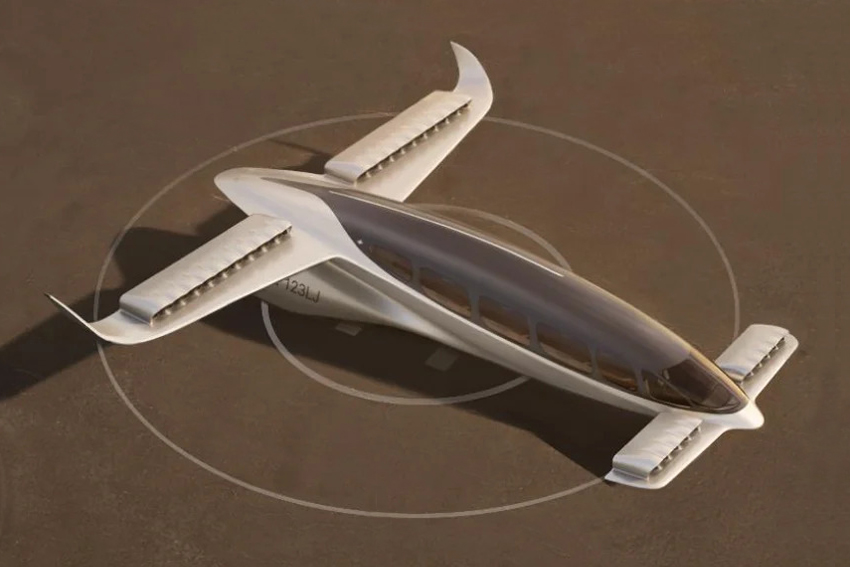HS2, despite being renowned for its cost overruns and delays, is actually progressing relatively quickly compared to a lot of other British megaprojects. The first proposal for such a concept was drawn up in 2010, and it only took another ten years before shovels finally hit the ground. Compare that with Crossrail which had been proposed since the 1970s, yet that took three decades before construction finally begun.
With that in mind, I have been wondering whether a brand new London - Birmingham high speed railway could have been conceived as early as the 1980s. Seeing as this was the era when the Chiltern Line was rationalised, that route could have been repurposed for a 125-140mph intercity railway with some new construction at either end and straightening of curves. Ultimately the originally planned full HS2 network from 2010 was a better idea, but I’d be interested to find out how an intercity railway network in the UK might have panned out if planning began in the 1970s/1980s with construction potentially starting as early as the late 80s/90s?
With that in mind, I have been wondering whether a brand new London - Birmingham high speed railway could have been conceived as early as the 1980s. Seeing as this was the era when the Chiltern Line was rationalised, that route could have been repurposed for a 125-140mph intercity railway with some new construction at either end and straightening of curves. Ultimately the originally planned full HS2 network from 2010 was a better idea, but I’d be interested to find out how an intercity railway network in the UK might have panned out if planning began in the 1970s/1980s with construction potentially starting as early as the late 80s/90s?
Last edited:

